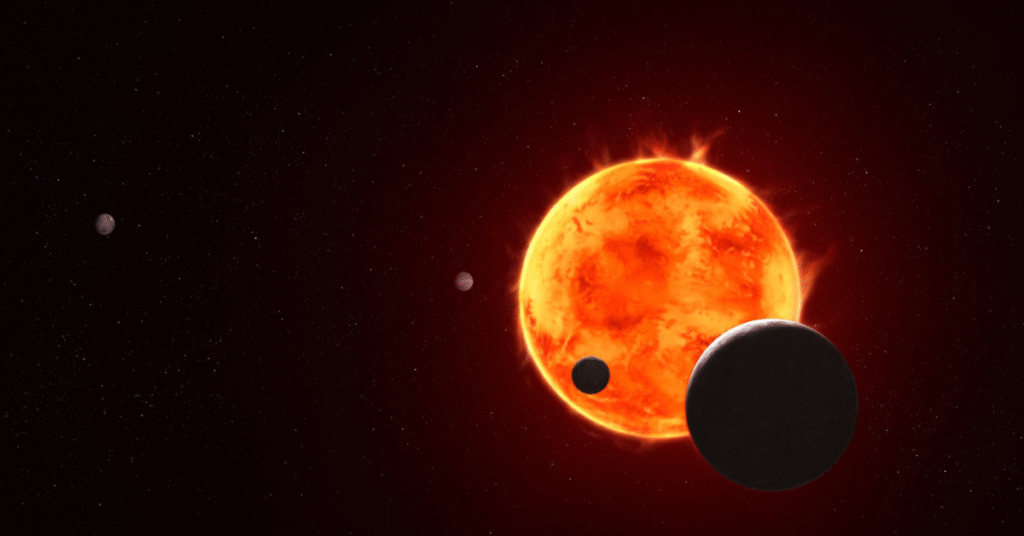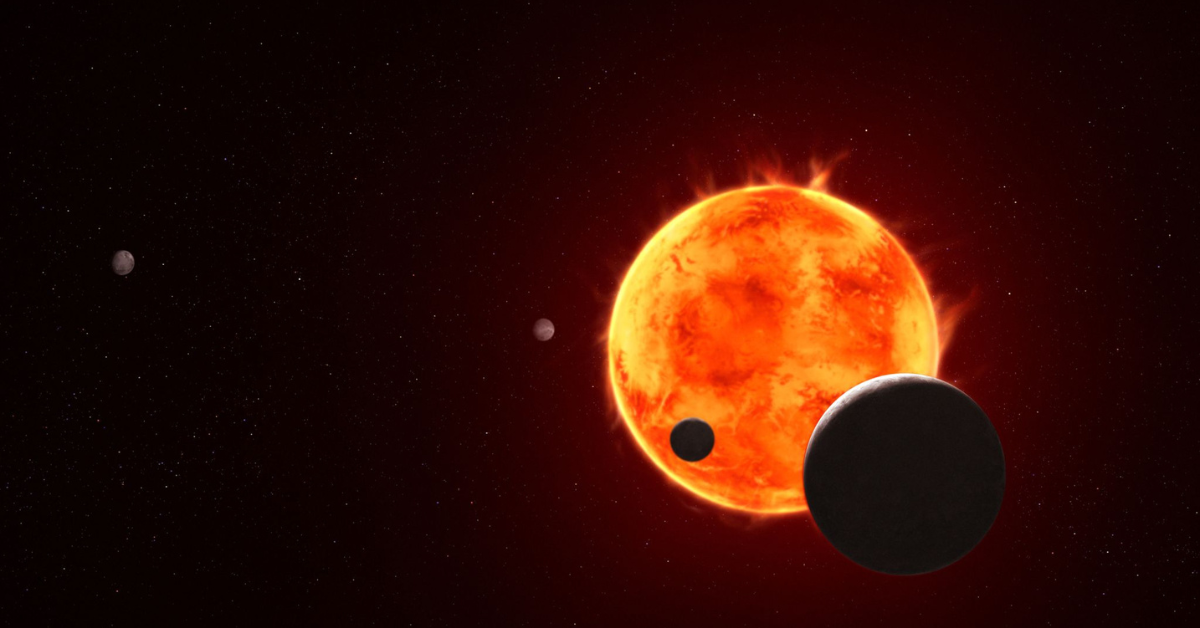Webb Telescope Finds Exciting Clues Around a Distant World

In a major leap forward in the hunt for life beyond Earth, the James Webb Space Telescope has detected compelling signs of a potential atmosphere around TRAPPIST-1e, an Earth-sized planet just 40 light-years away. This world has long been a top candidate in the search for habitable conditions, and these new findings, detailed in two fresh scientific papers, are giving astronomers a thrilling new reason to be optimistic.
Finding these clues wasn’t easy. The research team, led by scientists from the University of St Andrews, had to overcome a huge cosmic challenge. TRAPPIST-1e orbits a volatile red dwarf star that constantly blasts out flares and has dark starspots that interfere with the data. It took the team over a year of painstaking work to clean up the signal from the star before they could even begin to look for the planet’s atmosphere. To do it, they used a technique that analyzes how starlight changes as it filters through a planet’s air, revealing what gases might be present.
After all that work, the results point to two fascinating, yet completely different, possibilities for what’s happening on TRAPPIST-1e. The most exciting scenario is that the planet has what’s called a “secondary atmosphere” — one that formed later in its life and is filled with heavier gases like nitrogen or carbon dioxide. However, scientists can’t yet rule out the other option: that TRAPPIST-1e is simply a bare, lifeless rock with no atmosphere at all. For now, it’s a cosmic cliffhanger.
So, why does this matter so much? An atmosphere is a game-changer for habitability. Even a thin layer of gas could create a slight greenhouse effect, trapping just enough heat to allow for liquid water on the surface—a key ingredient for life as we know it. Since the planet is “tidally locked,” with one side always facing its star, this water could exist as a massive ocean or in lakes in the permanent daylight zone. This hopeful news comes right after disappointing findings from its neighbor, TRAPPIST-1d, which was recently confirmed to have no Earth-like atmosphere.
This is just the beginning of the story. The team now plans to dramatically increase their observations, going from four to nearly twenty sessions with the Webb telescope. This will give them the incredibly precise data needed to finally confirm whether an atmosphere exists and what it’s made of. As the lead researcher noted, we are living in one of the most exciting times for astronomy, with the right tools to finally search for habitable worlds.
Ultimately, this discovery highlights both the promise and the problems of searching for life around red dwarf stars. These stars are the most common in our galaxy and their planets are easier to find, making them prime targets. But their violent flares can also strip atmospheres away from otherwise perfect worlds. This cosmic tug-of-war is what makes the search so challenging—and every new clue so incredibly exciting.













Can you be more specific about the content of your article? After reading it, I still have some doubts. Hope you can help me.